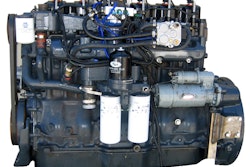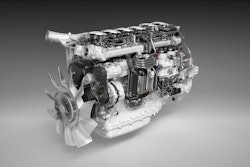EnerG2, a Seattle-based company manufacturing advanced nano-structured materials for next-generation energy storage breakthroughs, and NW Natural, an Oregon gas distribution company, are partnering to improve the fuel storage on board vehicles that use Compressed Natural Gas (CNG) by developing a new adsorbed natural gas technology.
The research and development project is intended to make natural gas a more useable transportation fuel for consumers and businesses through a new approach to an emerging technology called “adsorbed natural gas.” The adsorbent material packs inside an existing CNG tank and increases the energy density of natural gas at a given pressure. This allows the vehicle to travel longer distances. A CNG tank with adsorbent material could contain 20% more energy at certain pressures and extend the vehicle range proportionately.
“We believe the adsorbent technology that we’re developing with EnerG2 will make natural gas fleets an even more attractive choice for business owners,” says Chris Galati, NW Natural CNG Program Manager. “We hope to partner with other companies and agencies as our research and development project progresses.”
EnerG2’s world-class carbon adsorbent material transforms the way natural gas tanks on vehicles are designed and function, which could increase the number of natural gas vehicles on the road since the cost of tanks is the most expensive component on these cars and trucks. The EnerG2 material, which packs at optimal density and has been produced at scale, is compatible with any and all tank geometries and systems. And, in terms of performance, it allows similar volumes of gas to be stored at lower pressure levels of 500 to 800 psi, as opposed to the more standard pressure levels of 3,000 to 3,600 psi.
“Our carbon adsorbent material for natural gas enables tremendous design efficiency and no wasted space, because a low-pressure tank can be shaped more like a traditional gasoline tank to fit in a space onboard a vehicle that’s about half the size of a high-pressure cylinder,” says Dr. Aaron Feaver, CTO and co-founder of EnerG2. “We are pleased to be working with a forward-thinking organization like NW Natural, which has expertise in CNG and CNG fleets, on this demonstration project.”
NW Natural and EnerG2 expect to complete a series of bench tests and vehicle road tests in the second quarter of 2014. These tests should confirm the long-term viability of the technology and inform future development of the ANG product material.

















